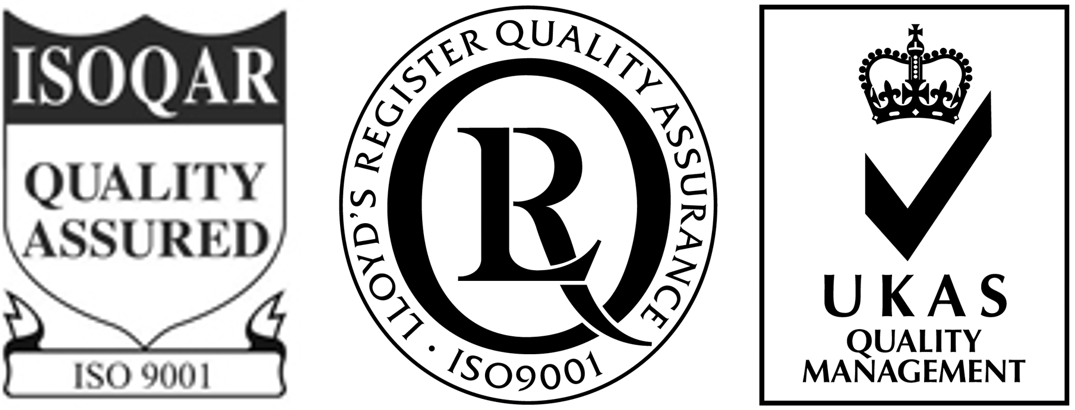pYLEX1 and pYLSC1 plasmid vector解脂耶氏酵母表达质粒载体 BioVector NTCC质粒载体菌种细胞基因保藏中心
- 价 格:¥59850
- 货 号:pYLEX1 and pYLSC1
- 产 地:北京
- BioVector NTCC典型培养物保藏中心
- 联系人:Dr.Xu, Biovector NTCC Inc.
电话:400-800-2947 工作QQ:1843439339 (微信同号)
邮件:Biovector@163.com
手机:18901268599
地址:北京
- 已注册
pYLEX1 and pYLSC1 plasmid vector解脂耶氏酵母表达质粒载体
Description
Two vectors (pYLEX1 and pYLSC1) can be used for either intracellular expression or secretion of proteins of interest in Y. lipolytica. Generally speaking, if the target protein is cytosolic and non-glycosylated, the pYLEX1 vector is a better choice. If the protein of your interest is normally glycosylated or secreted, you may wish to choose the pYLSC1 vector. To secrete the gene of interest, we recommend
that you try both pYLEX1 with native secretion signal (if applicable) and pYLSC1
(containing XPR2 pre region) to express and secrete the protein. The following sections
describe various factors that affect how genes should be cloned into pYLEX1 or pYLSC1
to achieve the desired method of expression.
The pYLEX1 expression vector (7259 bp) contains the strong hybrid promoter (hp4d) carrying four tandem copies of upstream activator sequences (UAS1B) fragment from pXPR2 and a minimal pLEU2 fragment. The multiple cloning site and the XPR2 transcription terminator lie immediately downstream from hp4d promoter. They are followed by a leucine selection marker gene (LEU2). The vector can be linearized by digestion with NotI (in the pBR region) to create a linear DNA fragment capable of inserting into the Y. lipolytica genome, at the pBR docking platform of Po1g strain.
Cloning of a heterologous gene into pYLEX1
pYLEX1 vector contains the following restriction sites for inserting the gene of interest. Digest vector with PmlI and a selected downstream enzyme (KpnI as an example)
*Ph:Phosphorylated
Brief outlines for cloning a PCR fragment into pYLEX1:
1. Prepare a PCR product of the gene of interest.
The PCR fragment must have a blunt end at its upstream end with AATG sequence,
and a stop codon followed by a cut site (BamHI, XcmI or KpnI) at its downstream end.
2. Use the selected restriction enzyme (BamHI, XcmI or KpnI) to digest the PCR fragment
3' downstream end.
3. Purify the digested PCR fragment by using a commercially available gel extraction kit.
4. Use the same selected enzyme (from step 2) and PmlI restriction enzyme to digest
the vector pYLEX1.
5. DNA ligation. Mix the modified PCR fragment and the linear vector DNA with T4 DNA
ligase.
6. Transformation. Add the ligation mixture to competent E. coli cells.
7. Prepare miniprep DNA from transformants. Digest each with an appropriate
restriction endonuclease to determine the presence of a cloned insert and vector
size.
8. ★ Digest the cloning plasmid with NotI restriction enzyme for yeast transformation.
Alternatively, if NotI is present in the gene of interest, other choices are possible (see
“Sites for genomic integration” in the map of pYLEX1).
Supplier来源:BioVector NTCC Inc.
TEL电话:400-800-2947
Website网址: http://www.biovector.net
Description
Two vectors (pYLEX1 and pYLSC1) can be used for either intracellular expression or secretion of proteins of interest in Y. lipolytica. Generally speaking, if the target protein is cytosolic and non-glycosylated, the pYLEX1 vector is a better choice. If the protein of your interest is normally glycosylated or secreted, you may wish to choose the pYLSC1 vector. To secrete the gene of interest, we recommend
that you try both pYLEX1 with native secretion signal (if applicable) and pYLSC1
(containing XPR2 pre region) to express and secrete the protein. The following sections
describe various factors that affect how genes should be cloned into pYLEX1 or pYLSC1
to achieve the desired method of expression.
The pYLEX1 expression vector (7259 bp) contains the strong hybrid promoter (hp4d) carrying four tandem copies of upstream activator sequences (UAS1B) fragment from pXPR2 and a minimal pLEU2 fragment. The multiple cloning site and the XPR2 transcription terminator lie immediately downstream from hp4d promoter. They are followed by a leucine selection marker gene (LEU2). The vector can be linearized by digestion with NotI (in the pBR region) to create a linear DNA fragment capable of inserting into the Y. lipolytica genome, at the pBR docking platform of Po1g strain.
Cloning of a heterologous gene into pYLEX1
pYLEX1 vector contains the following restriction sites for inserting the gene of interest. Digest vector with PmlI and a selected downstream enzyme (KpnI as an example)
*Ph:Phosphorylated
Brief outlines for cloning a PCR fragment into pYLEX1:
1. Prepare a PCR product of the gene of interest.
The PCR fragment must have a blunt end at its upstream end with AATG sequence,
and a stop codon followed by a cut site (BamHI, XcmI or KpnI) at its downstream end.
2. Use the selected restriction enzyme (BamHI, XcmI or KpnI) to digest the PCR fragment
3' downstream end.
3. Purify the digested PCR fragment by using a commercially available gel extraction kit.
4. Use the same selected enzyme (from step 2) and PmlI restriction enzyme to digest
the vector pYLEX1.
5. DNA ligation. Mix the modified PCR fragment and the linear vector DNA with T4 DNA
ligase.
6. Transformation. Add the ligation mixture to competent E. coli cells.
7. Prepare miniprep DNA from transformants. Digest each with an appropriate
restriction endonuclease to determine the presence of a cloned insert and vector
size.
8. ★ Digest the cloning plasmid with NotI restriction enzyme for yeast transformation.
Alternatively, if NotI is present in the gene of interest, other choices are possible (see
“Sites for genomic integration” in the map of pYLEX1).
Supplier来源:BioVector NTCC Inc.
TEL电话:400-800-2947
Website网址: http://www.biovector.net
- 公告/新闻




